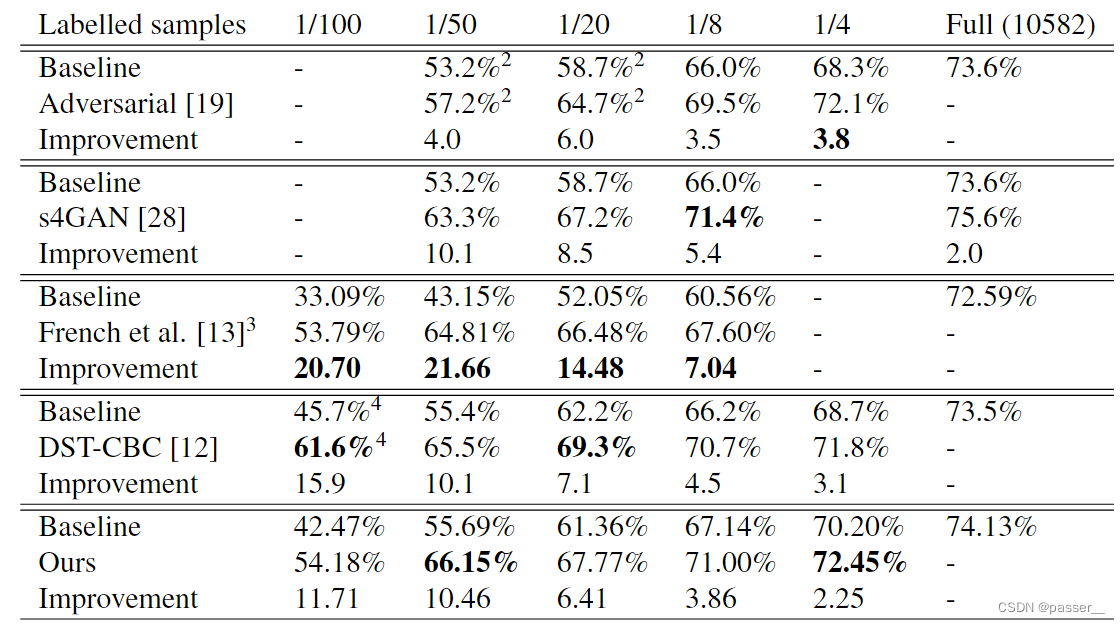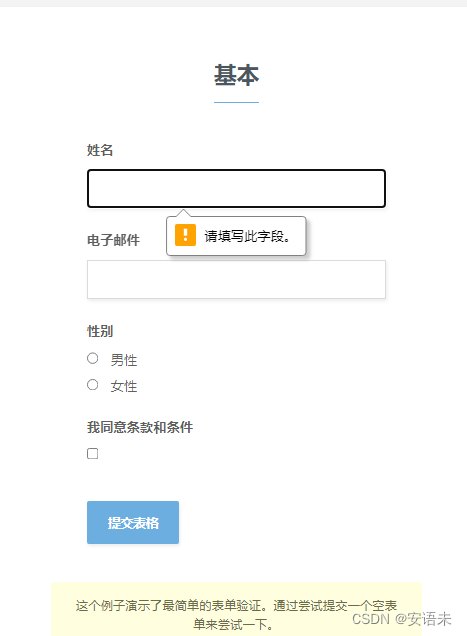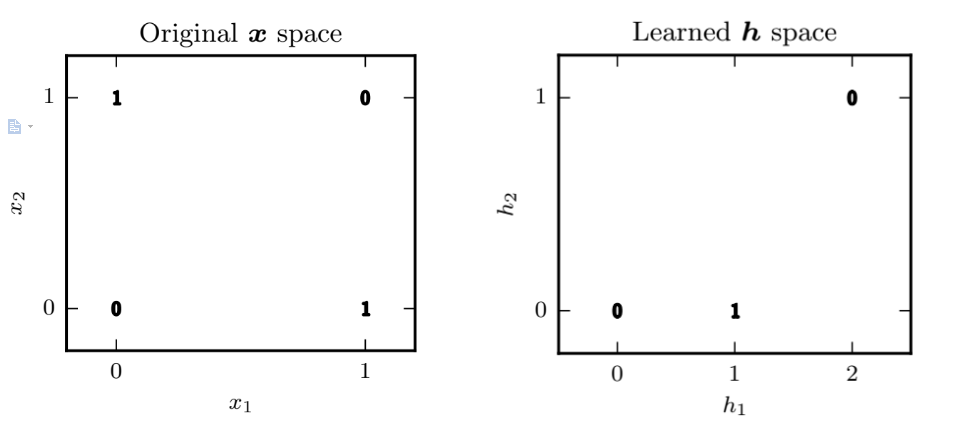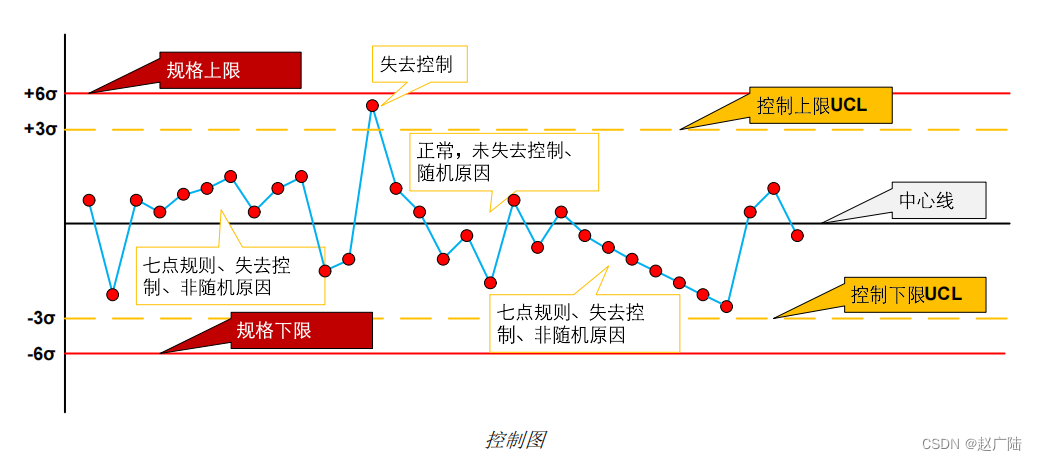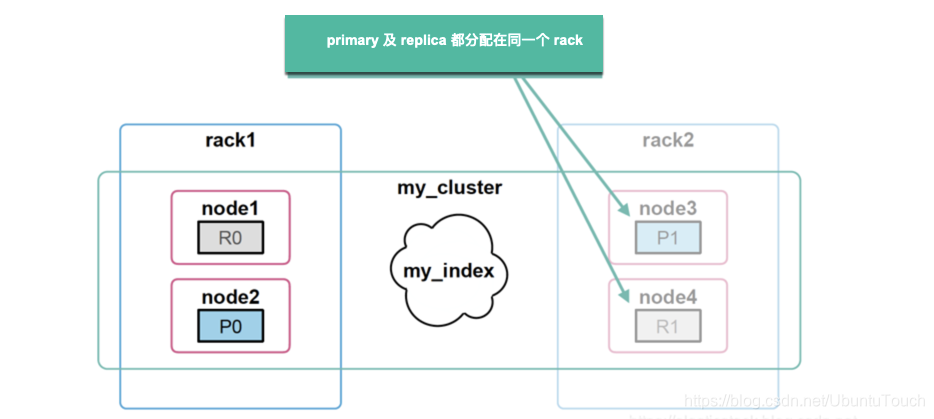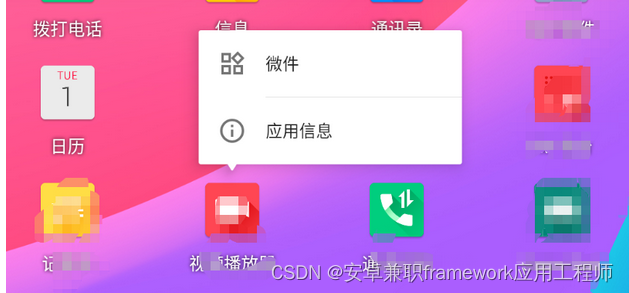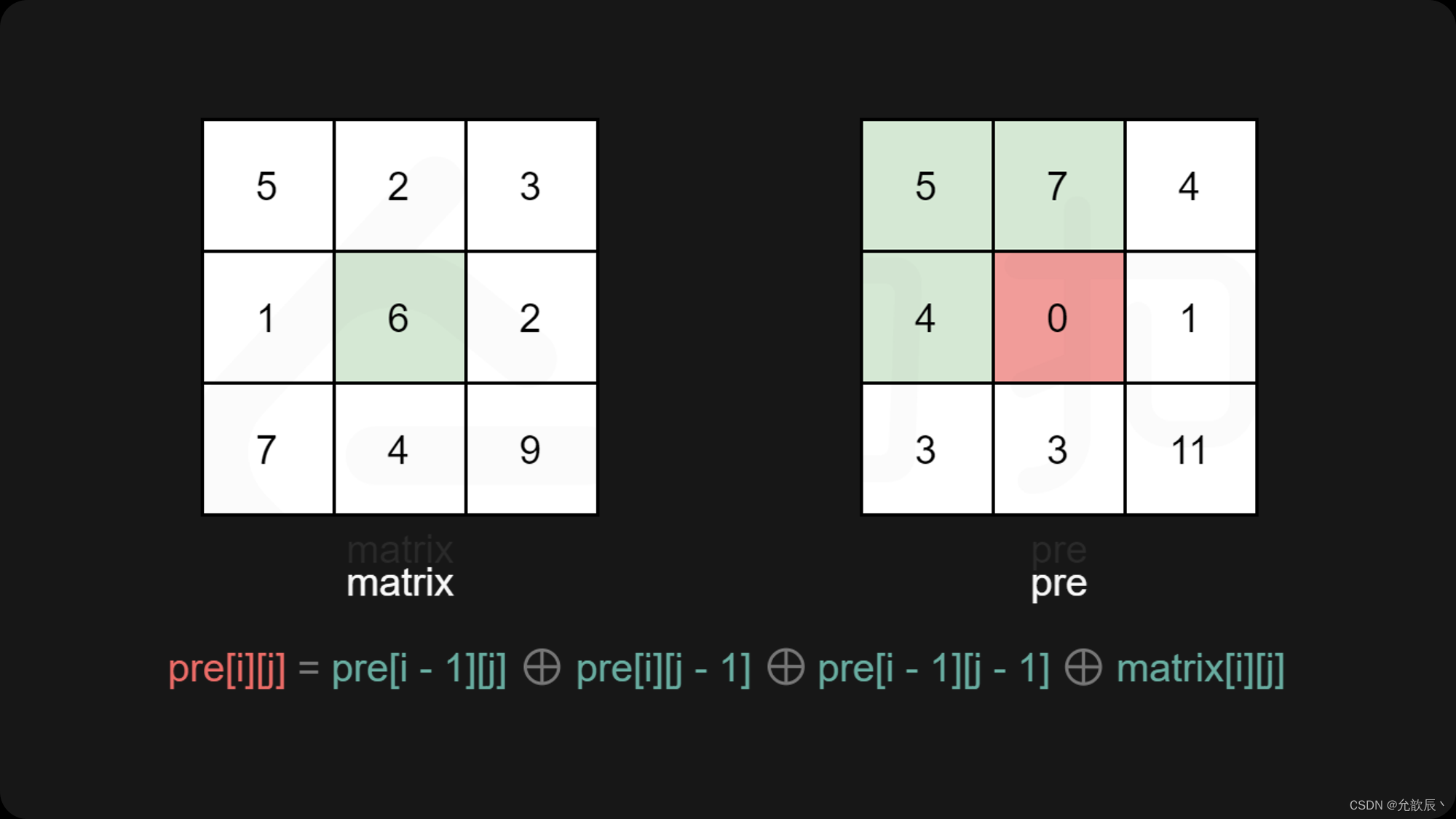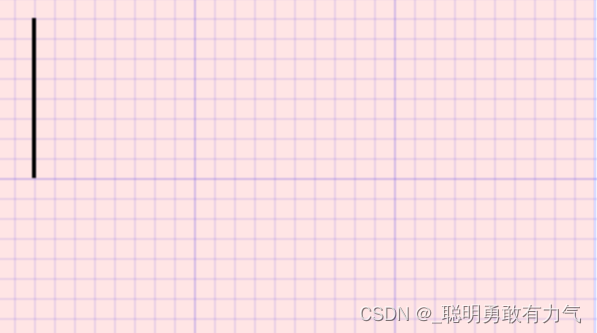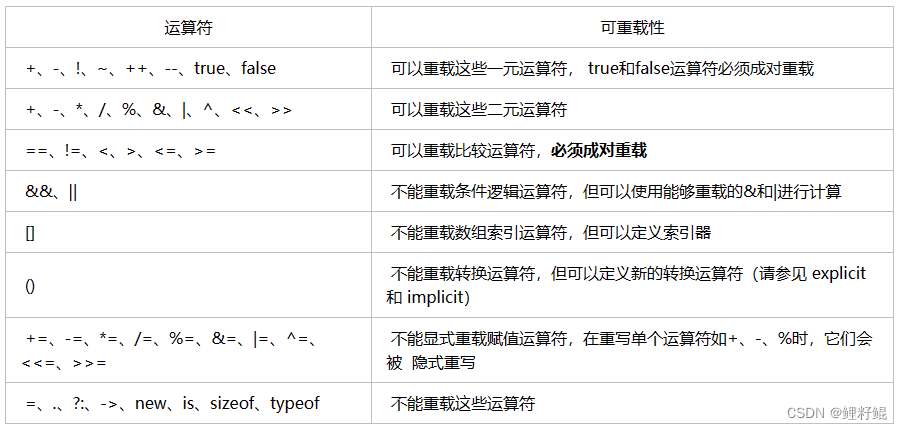前言:在上一期的线程章节中,我们的线程输出貌似有大问题,今天我们便要来学习同步锁来解决这个问题,同时再次基础上拿下键盘输入,实现操作系统的输入和输出。从今天开始我们的操作系统不在是一块“看板”了!!!
一,上期线程输出的不足
其实13 Day的线程输出并不完美,有很大的问题。但是这个问题经过我多天的观察其实有两种。
1,我们会发现有的线程输出的内容,并没有输出完成,而是被很大的一片空白取代
2,触发global exception 异常
至于为什么会导致这样子,相信聪明的小伙伴已经知道了,如果有学过并发编程相关的知识肯定会对该情况十分熟悉。
首先我们知道,屏幕输出的操作由多个指令组成,且需要操作显存,那么就会出现以下问题
- 显存作为公共空间,也就是临界区(不过多介绍),所有的线程进行输出都需要操作这块空间,就会导致线程安全问题
- 屏幕输出操作有多个指令组成,这就说明屏幕输出并不是原子性的,也就是说线程的切换可能导致另一个线程屏幕输出只执行了一半,就被别人踹下台去了,就会出现原本要输出Hello,可是只输出了Hell
那我们要怎么解决这种问题呢?没错就是关闭中断,这样操作就变成原子性的,线程无阻碍的往下执行。我们可以在原本main函数的两个线程方法while的上下加上一个 关中断与开中断,当大家再次进行输出就会发现输出正常了。
但这大家仔细想想整个while模块里面有些操作并不需要都是原子性的,我们只有某些关键操作是原子性,把整个线程的函数都进行关中断那不就变成以前的串行操作了吗?这就涉及到一个关键性问题,关中断与开中断之间的粒度,也就是JUC中经常讨论到的一点:锁的粒度,他锁定的范围越小,那么线程切换工作的效率就越高。在这里我们显然只要对输出函数进行加锁处理,那么如何让一个方法加锁请接着往下看
① 信号量
有学过操作系统大学课程的同学肯定知道信号量,其中P,V代表信号量的操作,这是一个荷兰语。P代表减少,V代表上升。那么对应锁的话就是如下几个操作:
- up:
(1) 信号量的值+1
(2) 唤醒在此信号量上等待的线程
- down:
(1)判断信号量是否>1
(2)信号量大于0,信号量-1
(3)信号量等于0,线程阻塞,在此信号量上等待
② 同步锁的实现
知道以上操作之后,我们便可以来实现一个锁了,在此之前我们还需要完善线程的两个操作:阻塞与唤醒
thread/thread.c
void thread_block(enum task_status stat) {
ASSERT(((stat == TASK_BLOCKED) || (stat == TASK_WAITING) || (stat == TASK_HANGINH)));
enum intr_status old_status = intr_disable();
struct task_struct* cur_thread = running_thread();
cur_thread->status = stat;
schedule();
intr_set_status(old_status);
}
void thread_unblock(struct task_struct* pthread) {
enum intr_status old_status = intr_disable();
ASSERT((pthread->status == TASK_BLOCKED) || (pthread->status == TASK_WAITING) || (pthread->status == TASK_HANGINH));
if (pthread->status != TASK_READY) {
ASSERT(!find(&thread_ready_list, &pthread->general_tag));
if (find(&thread_ready_list, &pthread->general_tag)) {
PANIC("thread_unblock");
}
push(&thread_ready_list, &pthread->general_tag);
pthread->status = TASK_READY;
}
intr_set_status(old_status);
}接下来我们来实现同步锁
/thread/sync.h
#ifndef _THREAD_SYNC_H
#define _THREAD_SYNC_H
#include "list.h"
#include "stdint.h"
#include "thread.h"
struct semaphore {
uint8_t value; //信号量值
struct list waiters; //等待队列
};
struct lock {
struct task_struct* holder; //持有锁的线程
struct semaphore semaphore;
uint32_t holder_repeat_nr; //锁重入次数
};
void lock_init(struct lock* plock);
void try_lock(struct lock* plock);
void try_release(struct lock* plock);
#endif // ! _THREAD_SYNC_H
/thread/sync.c
#include "sync.h"
#include "stdint.h"
#include "list.h"
#include "thread.h"
#include "interrupt.h"
#include "debug.h"
void sema_init(struct semaphore* psema, uint8_t value) {
psema->value = value;
list_init(&psema->waiters);
}
void lock_init(struct lock* plock) {
plock->holder = NULL;
plock->holder_repeat_nr = 0;
sema_init(&plock->semaphore,1);
}
void sema_down(struct semaphore* psema) {
enum intr_status old_status = intr_disable();
while (psema->value == 0) {
//检测当前线程是否在等待队列中,在的话则报错
if (find(&psema->waiters, &running_thread()->general_tag)) {
PANIC("sema_down: thread blocked has been in waiter");
}
append(&psema->waiters, &running_thread()->general_tag);
thread_block(TASK_BLOCKED);
}
--psema->value;
ASSERT(psema->value == 0);
intr_set_status(old_status);
}
void sema_up(struct semaphore* psema) {
enum intr_status old_status = intr_disable();
//从waiter队列中唤醒第一个线程
if (!empty(&psema->waiters)) {
struct task_struct* thread_blocked = elem2entry(struct task_struct, general_tag, pop(&psema->waiters));
thread_unblock(thread_blocked);
}
++psema->value;
ASSERT(psema->value == 1);
intr_set_status(old_status);
}
void try_lock(struct lock* plock) {
if (plock->holder != running_thread()) {
sema_down(&plock->semaphore);
plock->holder = running_thread();
ASSERT(plock->holder_repeat_nr == 0);
plock->holder_repeat_nr = 1;
}
else {
++plock->holder_repeat_nr;
}
}
void try_release(struct lock* plock) {
ASSERT(plock->holder == running_thread());
if (plock->holder_repeat_nr > 1) {
--plock->holder_repeat_nr;
return;
}
ASSERT(plock->holder_repeat_nr == 1);
//注意这里不允许调换sema_up的位置,如果调换位置,就会导致中断开启,但是plock->hodler还没设为空就进行线程切换了
plock->holder = NULL;
plock->holder_repeat_nr = 0;
sema_up(&plock->semaphore);
}② 实现终端输出
这样子信号量我们就完成了,接下来我们用锁来实现一个终端输出,在此之前我们先来了解了解
什么是虚拟终端。
虚拟终端(tty):为了能让更多的人同时使用计算机,必须在一个显示器下实现多个用户,为每个用户虚拟出一个显示器
原理:不同的用户使用不同显存区域,让显存分快显示,就达到了虚拟终端的效果

device/console.h
#include "stdint.h"
void console_init();
void console_acquire();
void console_release();
void console_put_str(char* str);
void console_put_char(uint8_t ch);
void console_put_int(uint32_t num);device/console.c
#include "console.h"
#include "stdint.h"
#include "sync.h"
#include "print.h"
static struct lock console_lock;
void console_init() {
lock_init(&console_lock);
put_str("\nconsole init done!\n");
}
void console_acquire() {
try_lock(&console_lock);
}
void console_release() {
try_release(&console_lock);
}
void console_put_str(char* str) {
console_acquire();
put_str(str);
console_release();
}
void console_put_char(uint8_t ch) {
console_acquire();
put_char(ch);
console_release();
}
void console_put_int(uint32_t num) {
console_acquire();
put_int(num);
console_release();
}
将main函数中的普通put_str,改为console_put_str,接下来修改一下makefile文件,运行结果是密密麻麻的输出字符即代表我们锁编写成功(时代太过久远,忘记截图了)
三,键盘键入的原理
1,两个芯片
键盘嘛,相信大家都见过的哈,没见过的同学我相信你也肯定看不到我的文章捏。在计算机这个系统中,键盘作为一个外部设备,他并不是完完全全独立于操作系统存在的,他的功能实现涉及到了两个功能独立的芯片
- Intel 8048(或兼容芯片):位于键盘内部,称作键盘编码器,负责监听键盘按键事件并向键盘控制器报告哪个按键按下,哪个按键弹起
- Intel 8042(或兼容芯片):位于计算机主板,称作键盘控制器,负责接受键盘编码起的按键消息,并将其解码保存,然后向中断代码发送中断,之后处理器读取8042处理过并保存的数据

当然为了知道键盘到底安乐哪个键,8042与8048之间必须保持一个协议,那就是所有按键与对应竖直组成一个类似于hash映射的键盘扫描码
2,键的编码
键的编码
一个键通常对应两个码,按下的通码与松开的断码,当你一直按着键不松开,会产生练习相同的码,当你松开的时候才会终止这个就叫做断码
键盘扫描码
键盘的扫描码有三套:scan code set 1,scan code set 2,scan code set 3,下图分别是三套扫描码的附图


 在此我们使用第一套键盘扫描码:
在此我们使用第一套键盘扫描码:




- 当今键盘内部芯片默认使用第二套编码,但是我们使用第一套编码,所以说8048将编码信息发送给8042的时候会进行一次转换
- 8042每次接受到一个字节的扫描码后就会向中断代理发送信号,一个按键操作至少触发两次中断(通码和断码各一次)
- 一般中断处理程序不会处理断码信息
- 当按下a键时,8048向8042发出a键的第二套扫描码0x1c,8042将其转换为第一套编码0x1e并保存到自己的缓冲区,当保存完毕后向中断代理发送中断,中断处理程序开始执行并从8042缓冲区读取0x1e,当松开后重复上述操作。
3,8042简介
8048是键盘的控制者(键盘监控,键盘设置,灯光),8042是键盘的IO接口,因此8042是8048的代理,8048通过PS/2,USB接口 与8042通信,处理器通过端口与8042通信。
8042有4个8位寄存器

- 8042作为8048的中转站,8048通过out 0x60,将自己的数据写入8042中,让自己的数据通过8042被操作系统读入
- 8042作为8048的输入缓冲区,将8048的信息暂存在8042缓冲区,操作系统通过 in 0x60读入数据

要注意一点的是,当8042缓冲区已经有数据时,就不会再次读入数据,要等到数据被中断程序读取后才会再次读入8048的数据,他是根据一个状态寄存器的第0位来判断的。
8042有3个寄存器,状态寄存器,输入缓冲区寄存器,控制寄存器,由于我们只需要用到部分功能我也就贴出图大家稍微参考一下即可


三,编写键盘驱动
#include "interrupt.h"
#include "stdint.h"
#include "keyboard.h"
#include "io.h"
#include "print.h"
#define KB_BUF_PORT 0x60
#define esc '\033'
#define backspace '\b'
#define tab '\t'
#define enter '\r'
#define delete '\177'
#define char_invisible 0
#define ctrl_l_char char_invisible
#define ctrl_r_char char_invisible
#define shift_l_char char_invisible
#define shift_r_char char_invisible
#define alt_l_char char_invisible
#define alt_r_char char_invisible
#define caps_lock_char char_invisible
#define shift_l_make 0x2a
#define shift_r_make 0x36
#define alt_l_make 0x38
#define alt_r_make 0xe038
#define alt_r_break 0xe0b8
#define ctrl_l_make 0x1d
#define ctrl_r_make 0xe01d
#define ctrl_r_break 0xe09d
#define caps_lock_make 0x3a
static bool ctrl_status, alt_status, caps_status, shift_status, ext_scancode;
char keymap[][2] = {
/* 0x00 */ {0, 0},
/* 0x01 */ {esc, esc},
/* 0x02 */ {'1', '!'},
/* 0x03 */ {'2', '@'},
/* 0x04 */ {'3', '#'},
/* 0x05 */ {'4', '$'},
/* 0x06 */ {'5', '%'},
/* 0x07 */ {'6', '^'},
/* 0x08 */ {'7', '&'},
/* 0x09 */ {'8', '*'},
/* 0x0A */ {'9', '('},
/* 0x0B */ {'0', ')'},
/* 0x0C */ {'-', '_'},
/* 0x0D */ {'=', '+'},
/* 0x0E */ {backspace, backspace},
/* 0x0F */ {tab, tab},
/* 0x10 */ {'q', 'Q'},
/* 0x11 */ {'w', 'W'},
/* 0x12 */ {'e', 'E'},
/* 0x13 */ {'r', 'R'},
/* 0x14 */ {'t', 'T'},
/* 0x15 */ {'y', 'Y'},
/* 0x16 */ {'u', 'U'},
/* 0x17 */ {'i', 'I'},
/* 0x18 */ {'o', 'O'},
/* 0x19 */ {'p', 'P'},
/* 0x1A */ {'[', '{'},
/* 0x1B */ {']', '}'},
/* 0x1C */ {enter, enter},
/* 0x1D */ {ctrl_l_char, ctrl_l_char},
/* 0x1E */ {'a', 'A'},
/* 0x1F */ {'s', 'S'},
/* 0x20 */ {'d', 'D'},
/* 0x21 */ {'f', 'F'},
/* 0x22 */ {'g', 'G'},
/* 0x23 */ {'h', 'H'},
/* 0x24 */ {'j', 'J'},
/* 0x25 */ {'k', 'K'},
/* 0x26 */ {'l', 'L'},
/* 0x27 */ {';', ':'},
/* 0x28 */ {'\'', '"'},
/* 0x29 */ {'`', '~'},
/* 0x2A */ {shift_l_char, shift_l_char},
/* 0x2B */ {'\\', '|'},
/* 0x2C */ {'z', 'Z'},
/* 0x2D */ {'x', 'X'},
/* 0x2E */ {'c', 'C'},
/* 0x2F */ {'v', 'V'},
/* 0x30 */ {'b', 'B'},
/* 0x31 */ {'n', 'N'},
/* 0x32 */ {'m', 'M'},
/* 0x33 */ {',', '<'},
/* 0x34 */ {'.', '>'},
/* 0x35 */ {'/', '?'},
/* 0x36 */ {shift_r_char, shift_r_char},
/* 0x37 */ {'*', '*'},
/* 0x38 */ {alt_l_char, alt_l_char},
/* 0x39 */ {' ', ' '},
/* 0x3A */ {caps_lock_char, caps_lock_char}
};
static void intr_keyboard_handler(void) {
bool ctrl_down_last = ctrl_status;
bool shift_down_last = shift_status;
bool caps_lock_last = casps_lock_status;
bool break_code;
uint16_t scancode = inb(KB_BUF_PORT);
//判断是不是为多余字符,是的话马上退出处理下一个
if (scancode == 0xe0) {
ext_scancode = true;
return;
}
//如果上次以0xee0开头,则合并通码,并去除ext_scancode标志
if (ext_scancode) {
scancode |= 0xe000;
ext_scancode = false;
}
//获取break code
break_code = ((scancode & 0x0080) != 0);
//如果是断码,对ctrl和shift和alt进行状态判断
if (break_code) {
uint16_t make_code = (scancode &= 0xff7f);
if (make_code == ctrl_l_make || make_code == ctrl_r_make) {
ctrl_status = false;
}
else if (make_code == shift_l_make || make_code == shift_r_make) {
shift_status = false;
}
else if (make_code == alt_l_char || make code == alt_r_make) {
alt_status = false;
}
return;
}
//如果为通码
else if ((scancode > 0x00 && scancode < 0x3b) ||
scancode == alt_r_make || scancode == ctrl_r_make) {
bool shift = false;
if ((scancode < 0x0e) || (scancode == 0x29) ||
(scancode == 0x1a) || (scancode == 0x1b)||
(scancode == 0x2b) || (scancode == 0x27)||
(scancode == 0x28) || (scancode == 0x33)||
(scancode == 0x34) || (scancode == 0x35)) {
if (shift_down_last) {
shift = true;
}
}else {
if (shift_down_last && caps_lock_last) {
shift = false;
}
else if (shift_down_last || caps_lock_last) {
shift = true;
}
else {
shift = false;
}
}
uint8_t index = (scancode &= 0x00ff);
char cur_char = keymap[index][shift];
if (cur_char) {
put_char(cur_char);
return;
}
if (scancode == ctrl_l_make || scancode == ctrl_r_make) {
ctrl_status = true;
}
else if (scancode == shift_l_make || scancode == shift_r_make) {
shift_status = true;
}
else if (scancode == alt_l_char || scancode == alt_r_make) {
alt_status = true;
}
else if (scancode == caps_lock_make) {
caps_lock_status = !caps_lock_status;
}
} else {
put_str("unknown key\n");
}
}
void keyboard_init() {
put_str("keyboard_init start\n");
register_intr(0x21, intr_keyboard_handler, "keyboard");
put_str("keyboard_init done\n");
}四,环形输入缓冲区
我们知道,操作键盘通常是为了和系统交互,而和系统交互一般都是写入某些shell指令,而这些shell指令需要用一个缓冲区存入起来,当形成一个完整的命令时,再一并由其他模块处理。
① 生产者消费者模型
对于缓冲区我们要有以下几个认识:
- 缓存数据
- 公共区域,多个线程同时使用该空间,需要对存取操作进行上锁
- 数据可能存在存满和取空两种状态
线程之间要相互合作,存在资源共享问题。对此我们便使用由Dijkstra提出的生产者消费者模型

生产者消费者模型是什么,我不太想用学术的语言来介绍,我在此来举个例子:
以前去吃过KFC的同学应该都了解,吃KFC的时候是需要排队的,那么此时我们把服务员当作生产者(就当作他又做饭又服务吧),备餐口就是缓冲区,而顾客则是消费者
① 当客流量比较少时,供大于求,服务员做好一大堆汉堡放在备餐区,当餐做满时便停下来休息并告诉顾客:”新鲜的汉堡做好了,来取餐嘞“(唤醒消费者),休息的顾客听到了便来到备餐区取餐
② 当客流量中等时,供等于求,只要服务员看到备餐口有空位,马上开始忙活起来。
③ 当客流量很大时,供不应求,餐取完的时候,顾客便会在等待队列中等待,并催促服务员:“搞快点咯,肚子饿了“(唤醒生产者),摸鱼的服务员便会快马加鞭的做汉堡。
总结:对于有限大小的公共缓冲区,同步生产者和消费者的运行,对共享缓冲区互斥访问,并不会过度消费和过度生产,这便是生产者消费者模型,
以及疯狂星期四KFCV50😋
② 环形缓冲区实现
其实线形的缓冲区也是OK的,怎么设计因人而异,我这里用队列来实现一个环形缓冲区,环形缓冲区的本质就是没有起始地址,没有终止地址,很简单我们直接开始吧。
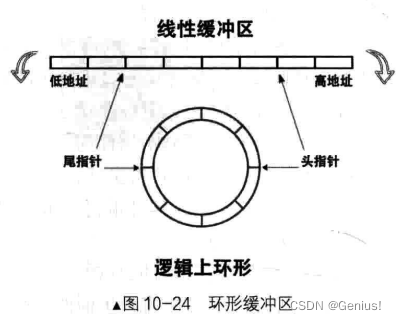
device/ioqueue.h
#ifndef _DEVICE_IOQUEUE_H
#define _DEVICE_IOQUEUE_H
#include "stdint.h"
#include "thread.h"
#include "sync.h"
#define bufsize 64 //一个缓冲区的大小
struct ioqueue {
struct lock lock;
struct task_struct* producer;
struct task_struct* consumer;
char buf[bufsize];
int32_t head; //生产是头指针移动
int32_t tail; //消费时尾指针移动
};
void ioqueue_init(struct ioqueue* ioq);
int32_t next_pos(int32_t pos);
bool ioq_full(struct ioqueue* ioq);
bool ioq_empty(struct ioqueue* ioq);
void ioq_wait(struct task_struct** waiter);
void ioq_wakeup(struct task_struct** waiter);
char ioq_getchar(struct ioqueue* ioq);
void ioq_setchar(struct ioqueue* ioq, char byte);
#endif // ! _DEVICE_IOQUEUE_H
device/ioqueue.c
#include "debug.h"
#include "ioqueue.h"
#include "interrupt.h"
void ioqueue_init(struct ioqueue* ioq) {
lock_init(&ioq->lock);
ioq->producer = ioq->consumer = NULL;
ioq->head = ioq->tail = 0;
}
int32_t next_pos(int32_t pos) {
return (pos + 1) % bufsize;
}
bool ioq_full(struct ioqueue* ioq) {
ASSERT(intr_get_status() == INTR_OFF);
return (ioq->tail - ioq->head) == 1;
}
bool ioq_empty(struct ioqueue* ioq) {
ASSERT(intr_get_status() == INTR_OFF);
return ioq->head == ioq->tail;
}
//使当前的生产者或消费之在缓冲区上等待
void ioq_wait(struct task_struct** waiter) {
ASSERT(*waiter == NULL && waiter != NULL);
*waiter == running_thread();
thread_block(TASK_BLOCKED);
}
//唤醒生产者或消费者
void ioq_wakeup(struct task_struct** waiter) {
ASSERT(*waiter != NULL);
thread_unblock(*waiter);
*waiter = NULL;
}
char ioq_getchar(struct ioqueue* ioq) {
//先判断是否关闭中断
ASSERT(intr_get_status() == INTR_OFF);
//判断是否为空,如果为空消费者需要休眠等待
while (ioq_empty(ioq)) {
try_lock(&ioq->lock);
ioq_wait(&ioq->consumer);
try_release(&ioq->lock);
}
//获取buf中的数据
char ch = ioq->buf[ioq->tail];
ioq->tail = next_pos(ioq->tail);
if (ioq->producer != NULL) {
ioq_wakeup(&ioq->producer);
}
return ch;
}
void ioq_setchar(struct ioqueue* ioq, char byte) {
//先判断是否关闭中断
ASSERT(intr_get_status() == INTR_OFF);
//判断是否满缓冲区,如果满了生产需要休眠等待
while (ioq_full(ioq)) {
try_lock(&ioq->lock);
ioq_wait(&ioq->producer);
try_release(&ioq->lock);
}
//获取buf中的数据
ioq->buf[ioq->head]=byte;
ioq->head = next_pos(ioq->head);
if (ioq->consumer != NULL) {
ioq_wakeup(&ioq->consumer);
}
return byte;
}
然后我们完善一下键盘操作
device/keyboard.c
struct ioqueue ioqueue;
void keyboard_init()
{
put_str("keyboard init start\n");
register_handler(0x21, intr_keyboard_handler);
init_ioqueue(&ioqueue);
put_str("keyboard init done\n");
}
void intr_keyboard_handler(void)
{
//......
if (cur_char)
{
if (!ioq_full(&ioqueue))
ioq_putchar(&ioqueue, cur_char);
return;
}
//......
}接下来我们让两个内核线程变成消费者
kernel/main.c
#include "print.h"
#include "init.h"
#include "debug.h"
#include "thread.h"
#include "console.h"
#include "keyboard.h"
#include "ioqueue.h"
#include "interrupt.h"
void g_thread(void* arg);
void g_thread2(void* arg);
void main(void) {
put_str("Hello GeniusOS\n");
put_int(2023);
put_str("\n");
init_all();
thread_start("genius", 5, g_thread, "A_");
thread_start("genius2", 31, g_thread2, "B_");
intr_enable();
while (1) {
//console_put_str("Main ");
}
}
void g_thread(void* arg) {
while (1) {
enum intr_status old_status = intr_disable();
if (!ioq_empty(&kbd_buf)) {
console_put_str(arg);
char byte = ioq_getchar(&kbd_buf);
console_put_char(byte);
console_put_char(' ');
}
intr_set_status(old_status);
}
}
void g_thread2(void* arg) {
while (1) {
enum intr_status old_status = intr_disable();
if (!ioq_empty(&kbd_buf)) {
console_put_str(arg);
char byte = ioq_getchar(&kbd_buf);
console_put_char(byte);
console_put_char(' ');
}
intr_set_status(old_status);
}
}改一下makefile,运行一下,当你敲下键盘,且字符在屏幕上显示,这就代表你成功了,恭喜你!!!完成本章任务!!!



